桑名市・木曽岬町の人気・定番・穴場観光スポット特集♪ ~テーマパークから歴史スポットまで~
掲載日:2016.07.20
名古屋から電車で約20分、三重県の北部に位置する桑名市と木曽岬(きそさき)町の観光スポットを19ヵ所ご紹介。
桑名といえばナガシマスパーランド、ジャズドリームナガシマなど、全国的に有名なスポットがたくさんありますが、歴史の魅力に溢れた施設もあり、夏には天下の奇祭として知られる石取祭りが行われ、多くの人で賑わいます。
木曽岬町はトマトの栽培で知られていますが、春には鍋田川堤桜並木で桜が綺麗に咲き誇ります。
そんな桑名市と木曽岬町のおすすめ観光スポットとホテルをまとめてご紹介します。
index
ナガシマスパーランド Nagashima Spaland (桑名市)
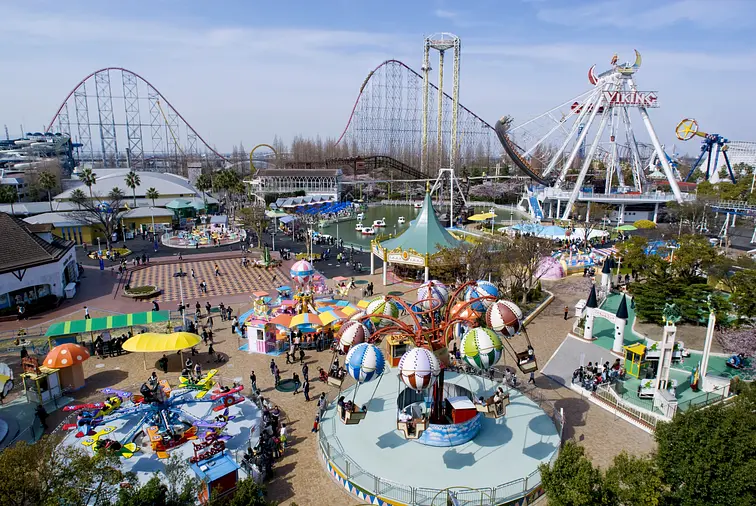
国内最大の遊園地で約50種以上のアトラククションが勢揃い。ギネス認定の超コースター“スチールドラゴン2000”や、日本初登場のフライングコースター「アクロバット」などの絶叫マシンを含む約50種のアトラクションが揃い、夏には日本最大級の75,000㎡の広大なジャンボ海水プールもオープンします。
関連情報
三井アウトレットパーク ジャズドリーム長島 (桑名市)
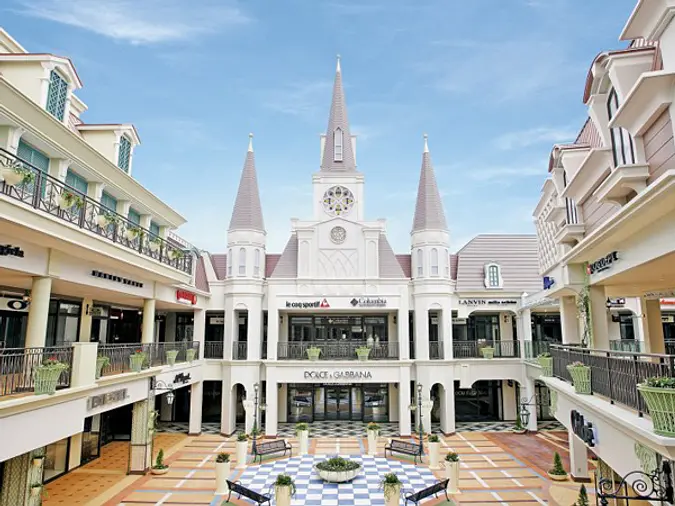
ナガシマスパーランドに隣接する、日本最大級のアウトレットモール。
アメリカニューオリンズの街並みをテーマに回遊性の優れた2階建のモールには、海外有名ラグジュアリーブランドや人気のセレクトショップ、高感度キッズファッション、メンズ・レディスの革製品・小物、スポーツ、アウトドアなどが揃います。
いつでも定価の30~80%OFFのアウトレット価格でショッピングが楽しめ、みそかつやひつまぶしなどの名古屋名物や四日市のトンテキ、伊勢うどんなどの三重めしが味わえる飲食店もあります。
関連情報
名古屋アンパンマンミュージアム&パーク (桑名市)
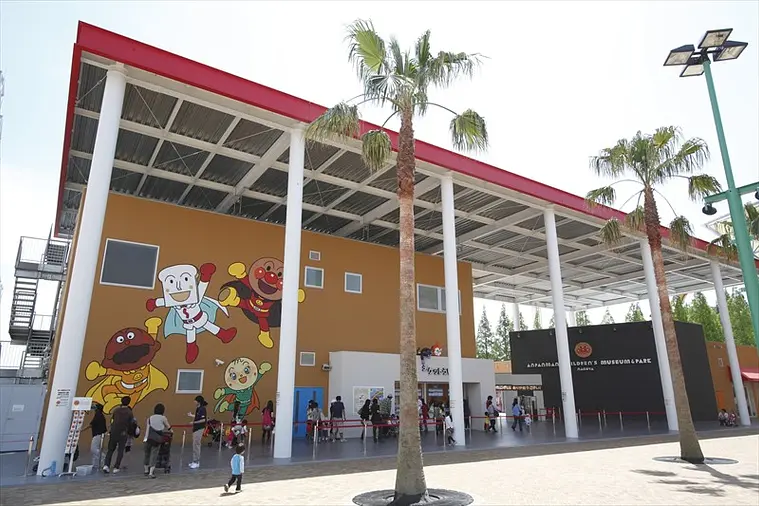
名古屋アンパンマンこどもミュージアム&パークは、アンパンマンの世界を参加・体験できる夢の空間。アンパンマンをモチーフにしたたんけんランドやわんぱくランド、アンパンマンショーなど、見どころ満載のアンパンマンこどもミュージアム&パーク。
キャラクターの顔がパンになったジャムおじさんのパン工場など、ショッピング&フードエリアも充実。大人も笑顔になれる楽しいスポットです。ナガシマリゾート内にあり、遊園地や温泉、アウトレットに隣接していてとっても便利です。
関連情報
なばなの里 Nabana no Sato (桑名市)
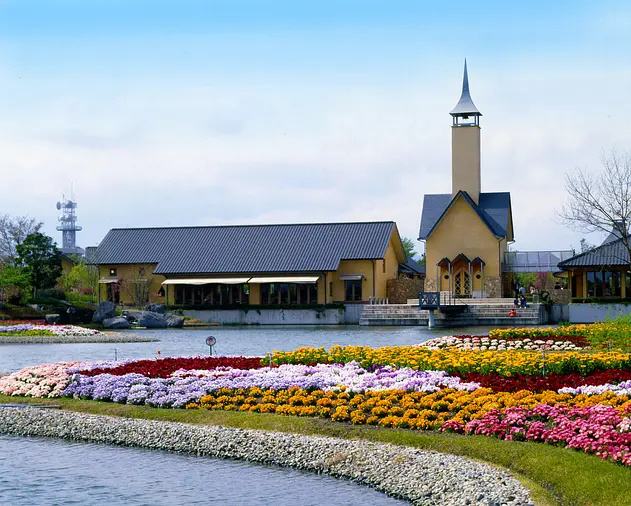
三重県はもちろん東海地方を代表する花と緑のテーマパーク。豊かな自然と多彩な施設が調和した広大なオアシス「なばなの里」四季を通じて様々な花々や木々を鑑賞できます。
季節のイベントが人気で、春から冬まで楽しめます。春の花まつりは、3月~7月上旬まで開催。梅、河津桜、しだれ桜、水仙、チューリップ、バラ、あじさい、花しょうぶなどその種類や内容は盛りだくさんで豊富です。秋は広大な花ひろばに咲き誇るコスモスや、巨大ダリアで満開に。冬は国内最大級のイルミネーションを開催し、スケール&クオリティーは世界最高峰です!
関連情報
長島スポーツランド (桑名市)
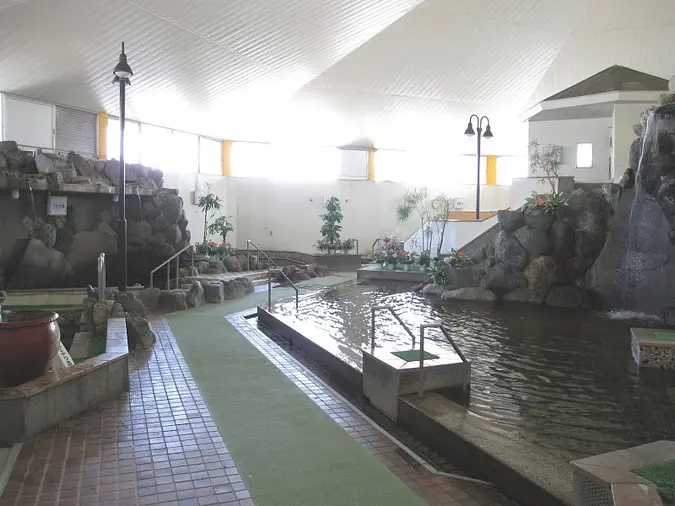
緑と花と水に囲まれながらゴルフが楽しめるガーデンコースをはじめ、足に優しいアンツーカーのテニスコートや、乗馬クラブでは初心者のための乗馬教室も開催。
快い汗を流した後は、9種類の浴槽と健康器具をそろえたリラックスルームのあるクアハウスでリフレッシュしてみませんか。
鍋田川堤桜並木 (桑名郡木曽岬町)
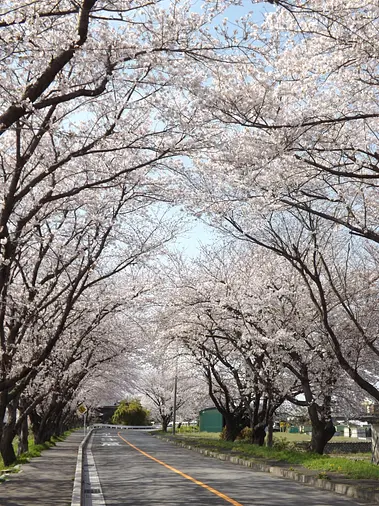
鍋田川沿い約4キロにわたって約1,500本の桜が植えられています。空を覆いつくす桜のトンネルは見事で、さらには車道の脇にある散策路は、満開の桜を眺めてのんびり散策できる小道で好評です。
多度グリーンファーム (桑名市)
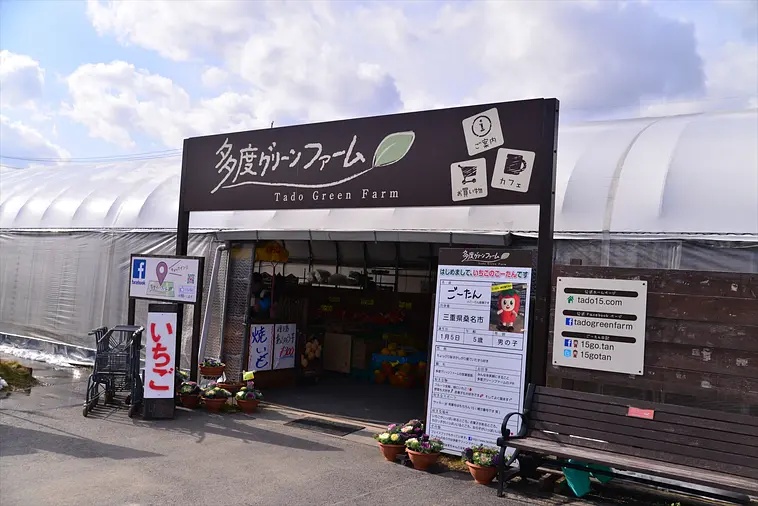
三重県最大級のいちご狩り園が人気で、家族連れで楽しむことができます。
他にも夏にはミニトマト・いちじく狩り、秋にはキウイフルーツ・いも掘り・みかん狩りなど様々な収穫体験が年間を通して出来る観光農園。野菜・フルーツ直売所、カフェ、バーベキュー場なども完備しています。
多度大社 (桑名市)
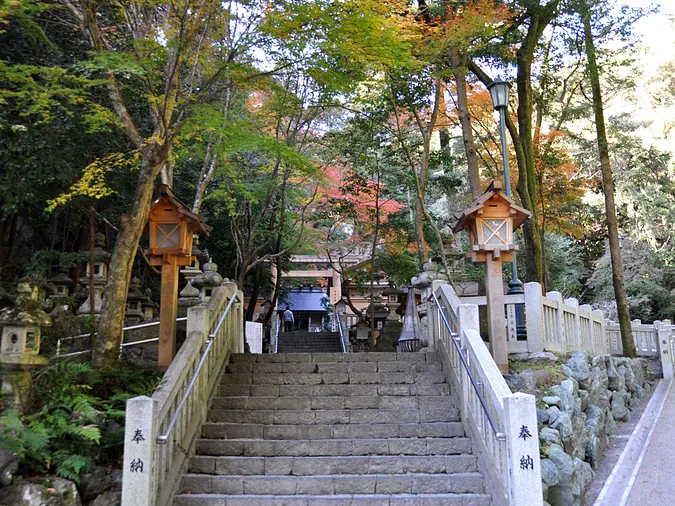
昔から北伊勢大神宮として「お伊勢参らばお多度もかけよ、お多度かけねば片まいり」といわれてきた古社。商売繁盛、雨乞いの神をお祀りしています。
5月4日・5日の上げ馬神事は少年騎手が2メートル余りの絶壁を駆け上がり、上がった頭数でその年の農作物の豊凶を占うという天下の奇祭です。
関連情報
多度峡天然プール (桑名市)
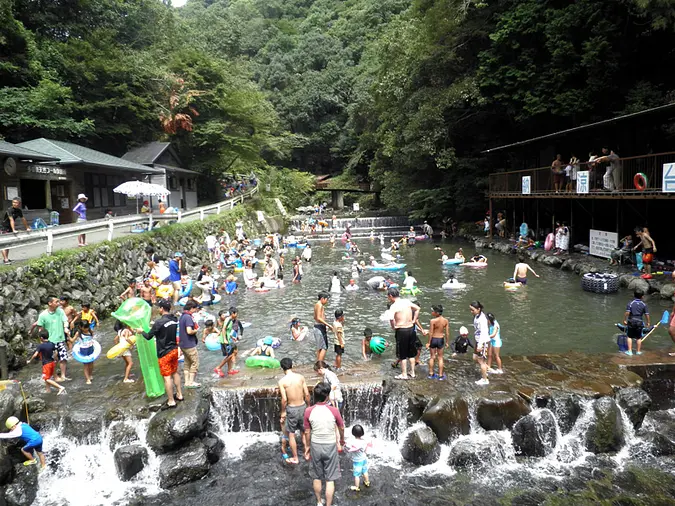
天然プールならではの爽快感を満喫できます!カルキや消毒剤を一切使わずに川の流れの力だけで、清潔に保たれた天然プール。水も冷たく爽快感は格別で、他のプールではなかなか体験できません。期間中はイベントも行われます。
六華苑 (桑名市)
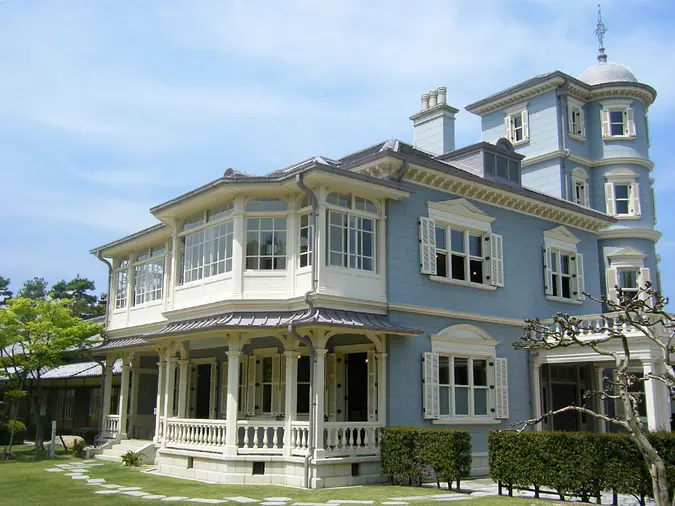
大正2年に完成した六華苑には、鹿鳴館を設計したイギリス人建築家ジョサイア・コンドルによる4層の塔屋を持つ洋館と、和風建築およびその前庭の池泉回遊式庭園などがあり、明治・大正期を代表する貴重な建造物として国の重要文化財に指定されています。
また、庭園は一部を除き国の名勝に指定されています。
関連情報
桑名宗社(春日神社) (桑名市)
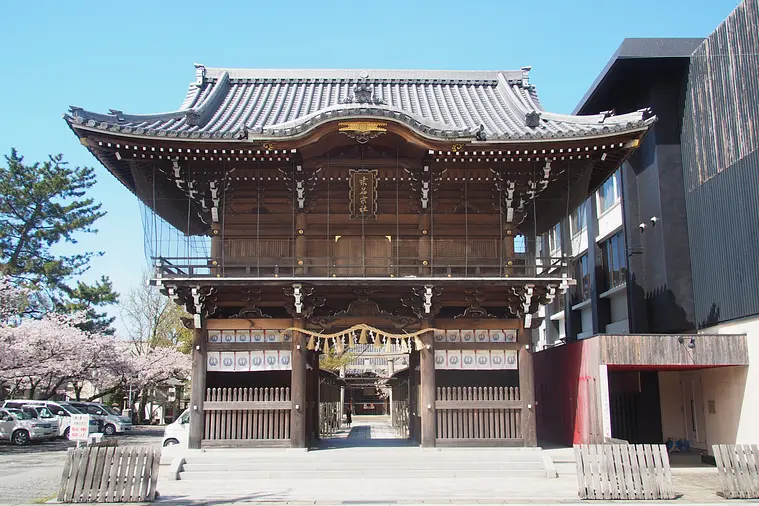
桑名神社と中臣神社の両社からなり、寛文年間鋳造の青銅の大鳥居が残ります。天下の奇祭“石取祭”で知られる神社です。
石取会館 (桑名市)
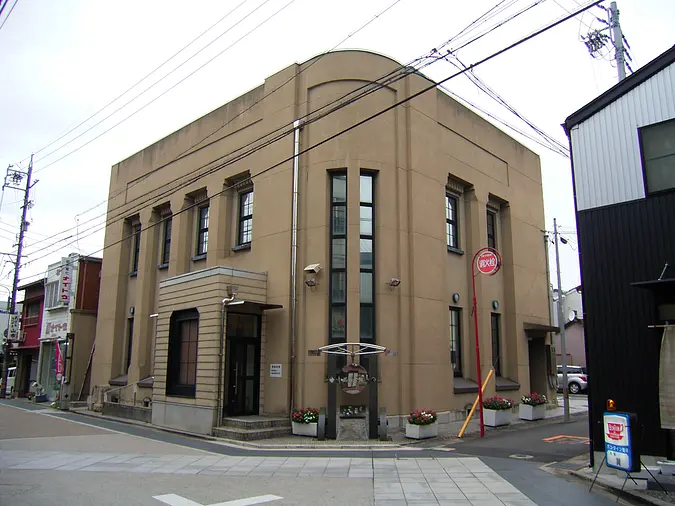
平成19年3月に国重要無形民俗文化財に指定された「桑名石取祭の祭車行事」を紹介する施設です。石取祭の歴史・行事、全国的に珍しい3輪の祭車、祭で実際に使用する鉦と太鼓を叩けるお囃子体験コーナー
石取祭に参加する43台の祭車を検索できるコーナーなど、石取祭に見て・ふれて・体験していただけます。
七里の渡跡 (桑名市)
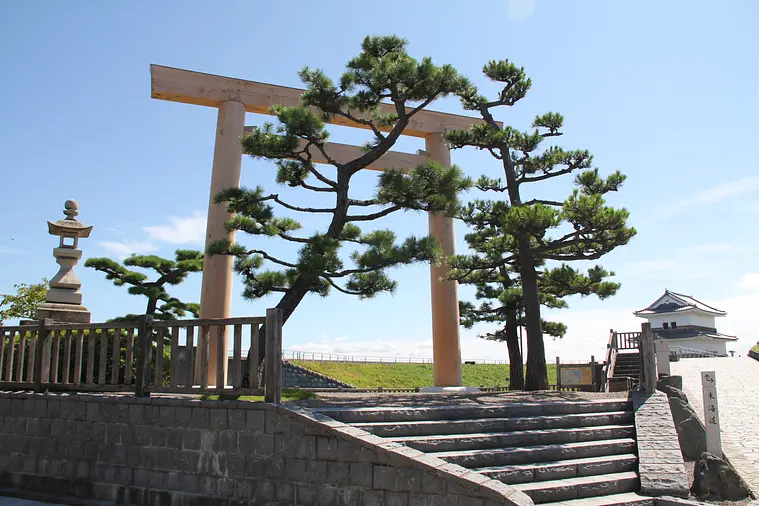
熱田から桑名まで海路七里あったことから「七里の渡」と呼ばれています。
当時は東海道五十三次の42番目の宿場町として大変なにぎわいを見せました。
ここに立つ大鳥居は、ここから伊勢路に入ることから「伊勢の国一の鳥居」と称されています。
桑名城跡・九華公園 (桑名市)
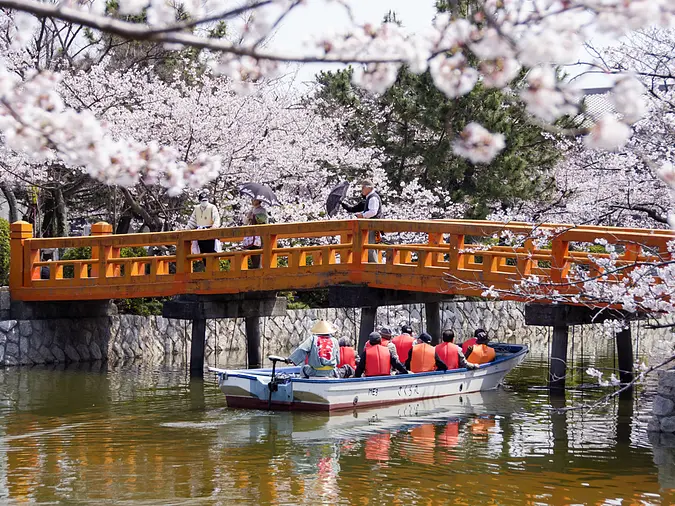
桑名城跡の本丸及び二之丸跡を利用した公園で、約7.2haの広さがあります。
園内では4月に桜、5月につつじ、6月に花菖蒲まつりが行われています。
はまぐりプラザ (桑名市)
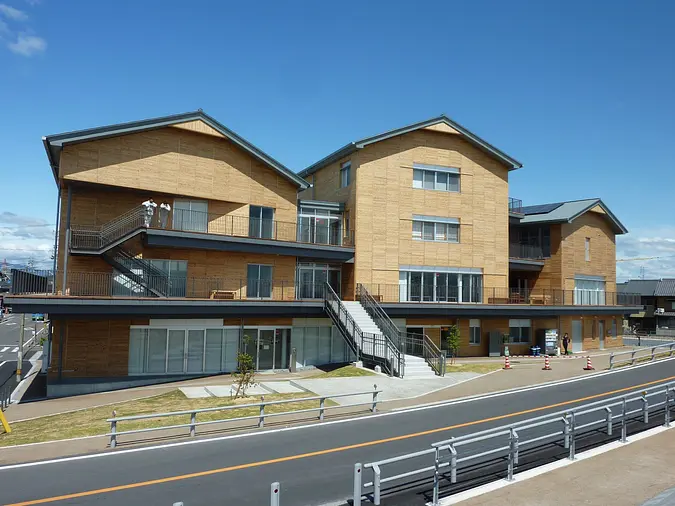
桑名市赤須賀地区に、漁協・公民館・漁業交流センターが入った複合施設がオープンしました。ハマグリを代表とする桑名の漁業を活かした交流活動や地産地消の推進の拠点としての活用が予定されています。
施設内には赤須賀の漁業についての展示室のほか、揖斐・長良川河口が一望できる展望デッキもあり、絶好のロケーションで漁師まち・赤須賀の歴史を知ることができます。
関連情報
輪中の郷 (桑名市)
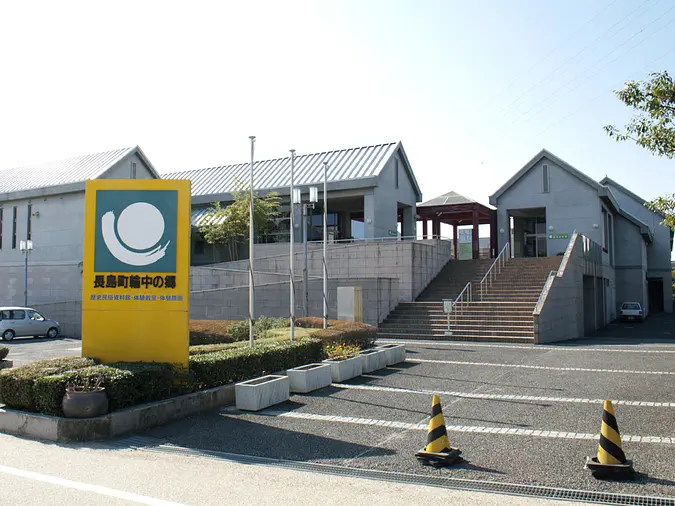
「輪中」をテーマに郷土の歴史・文化・産業を紹介する複合施設。
平成5年の開設以来、心の豊かさを育む場として、さらに地域産業の活性化を図る場として多くの人に活用されています。
歴史民俗資料館「アミュージアムエリア」と産業体験館「アクティブエリア」からなり、海苔すき体験や隣接する農園で季節野菜の収穫を体験することもできます。
諸戸氏庭園 (桑名市)
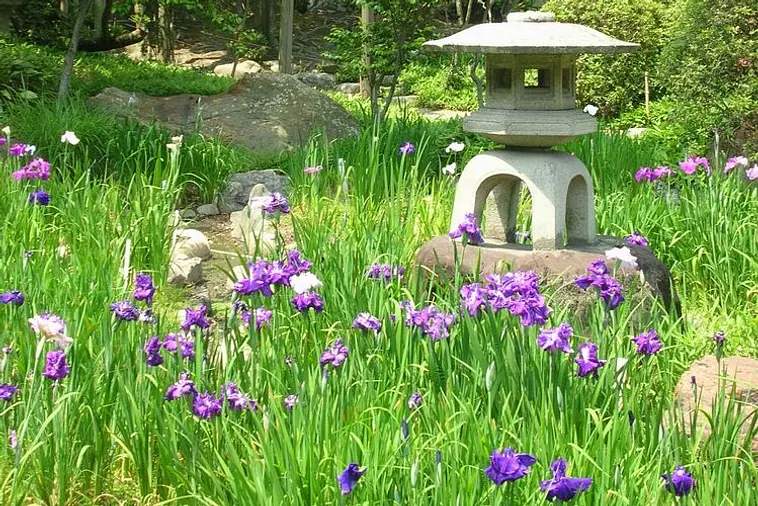
庭園面積は8,000坪。諸戸精文の敷地内の一画に庭園がある。この庭園は池水を利用してこの景観に妙趣をこらしています。この他御成書院、推敲亭があり。原則非公開ですが一般公開もされ、春にはしょうぶやふじが、秋には紅葉が楽しめます。建物は国重要文化財であり、庭は国の名勝指定されています。
桑名石取祭 (桑名市)
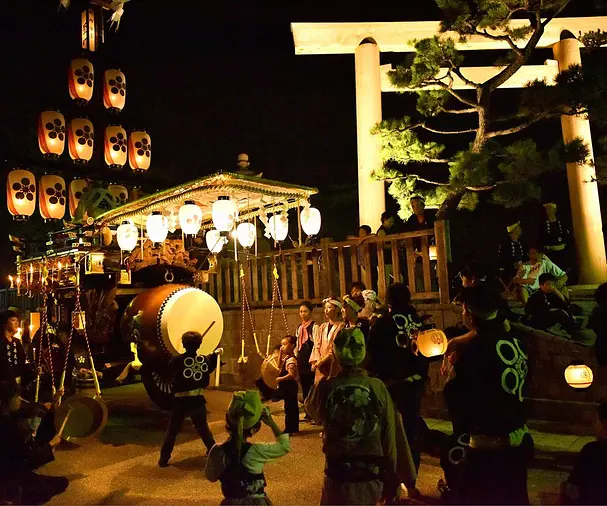
「日本一やかましい祭り」「天下の奇祭」として知られる、桑名市の春日神社を中心に行われる祭です。華麗な装飾を施した30数台の祭車に鉦や太鼓をつけ、それらを一斉に打ち鳴らす音が、見る者を圧倒させる勢いある勇壮な祭りです。桑名の夏の風物詩として、地元の方に昔から親しまれています。
本楽では春日神社への巡行を行うため、旧東海道などを練り歩くその姿は荒々しく、勇敢さを感じると言われています。立川和四郎富重の彫刻や高村光雲作の飾り物をもつ歴史的にも価値の高い祭車もあり、各地区の住民は総出で参加し、一年一度の最大の娯楽行事ともなっています。2007(H19)年3月7日に国の重要無形民俗文化財に指定されました。
関連情報
トピックス:「石取祭(いしどりまつり)」桑名市
| カテゴリー | |
|---|---|
| 季節 | |
| エリア |



















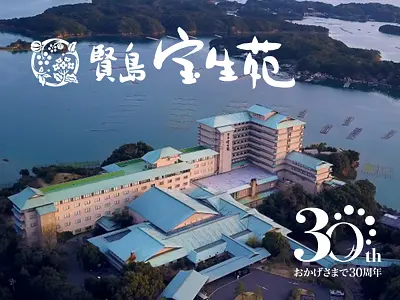
.png)